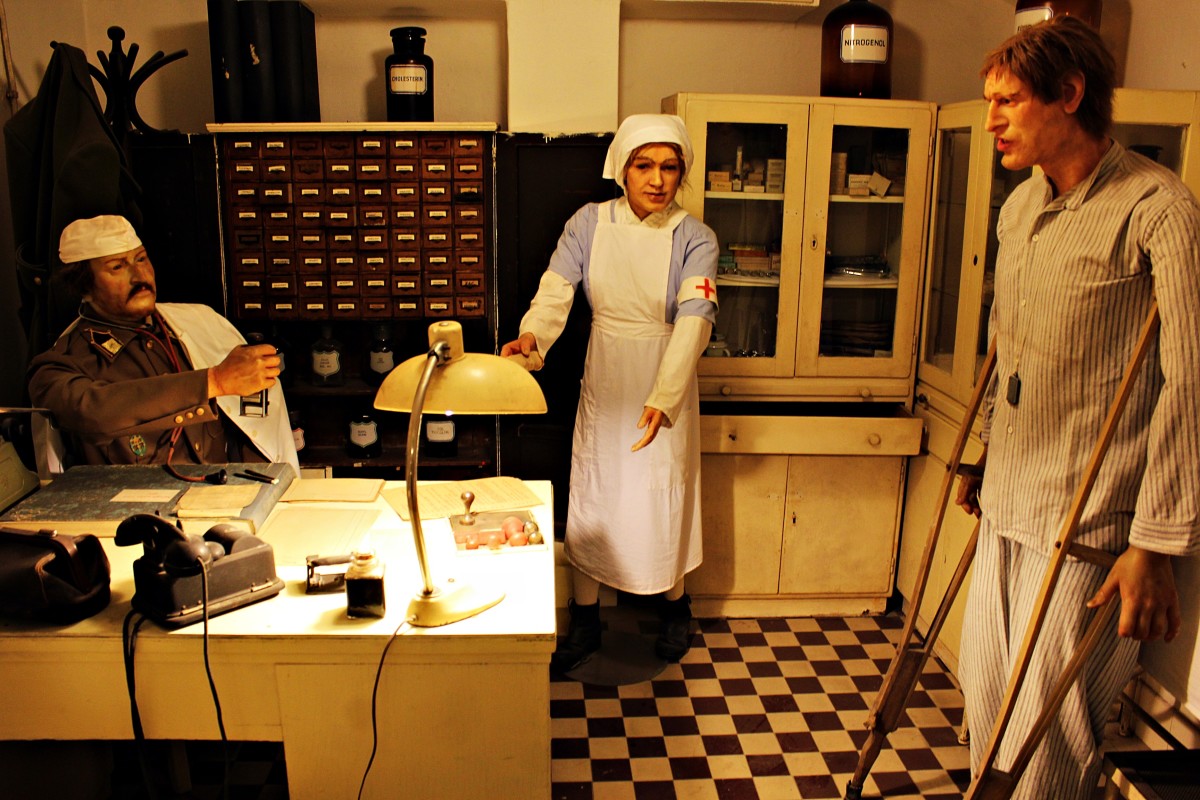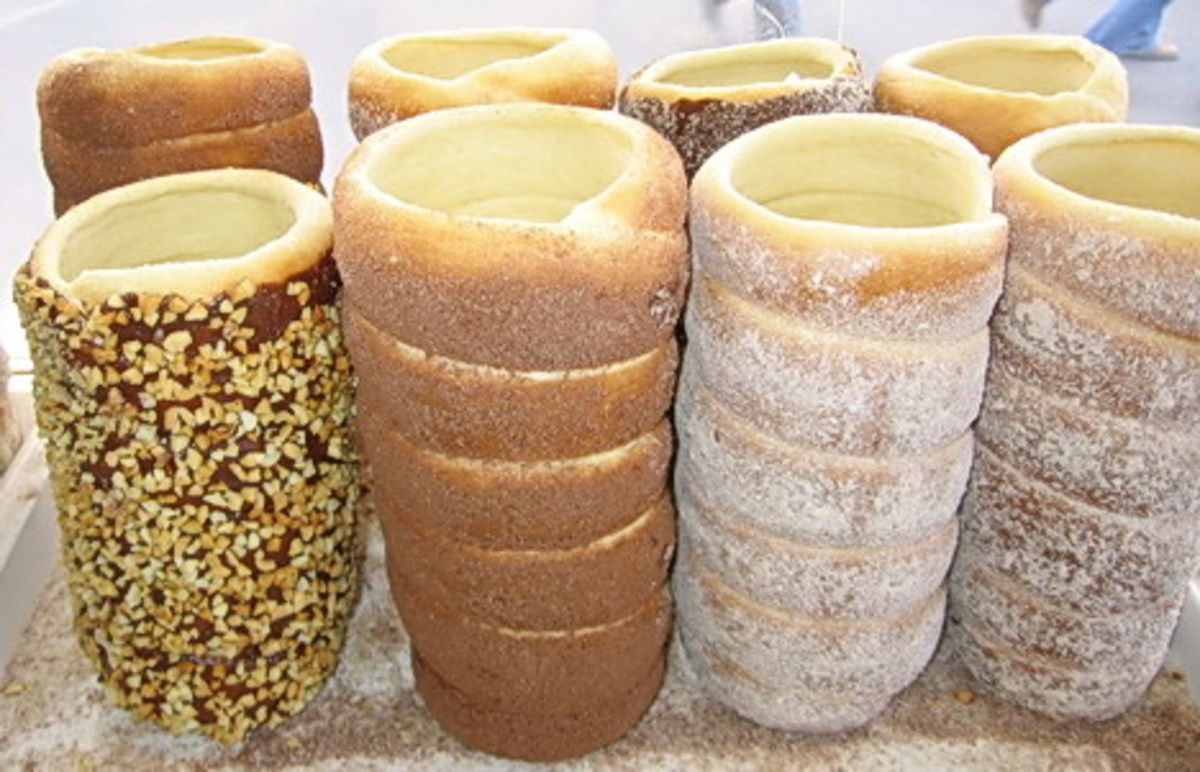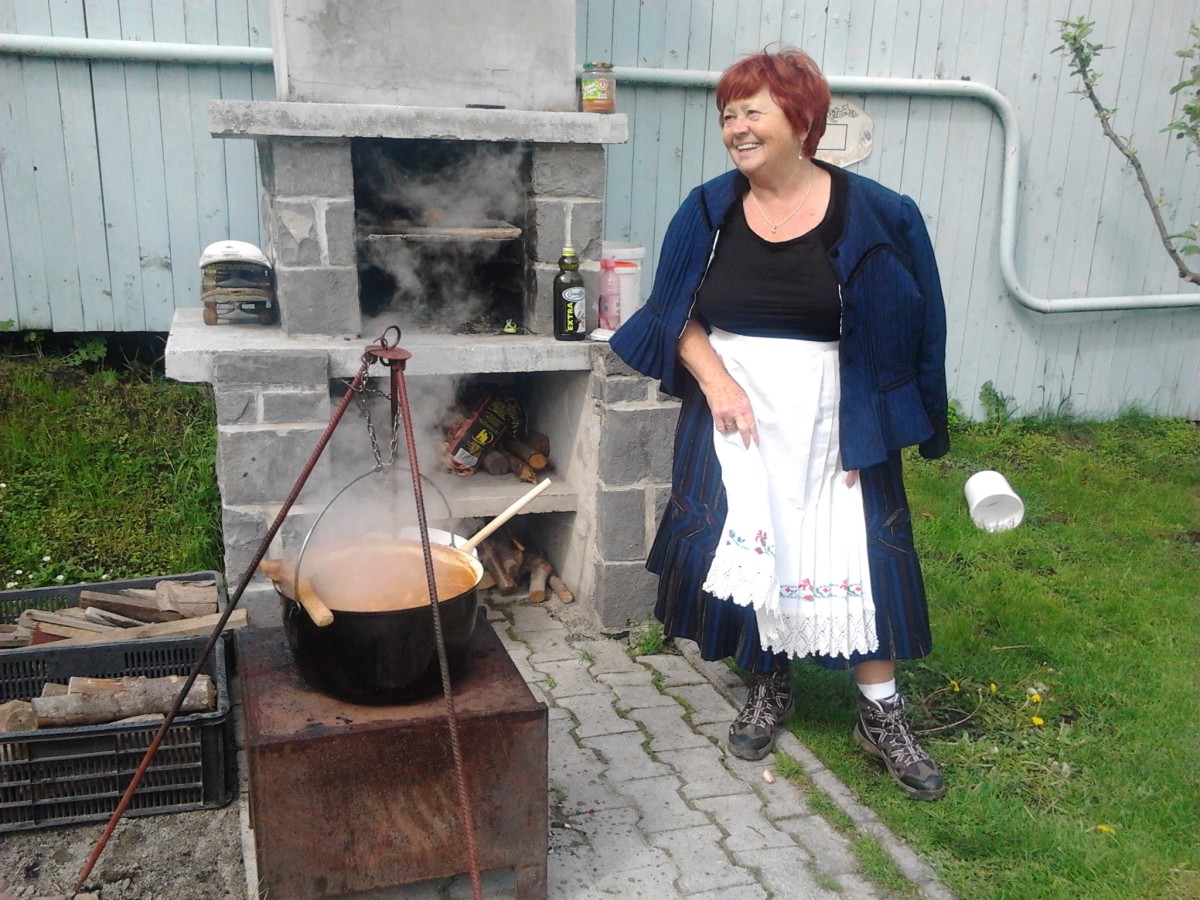Hungarian Desserts - Palacsinták, Meleg Tészták, Rétesek and Torták, The Four Capstones
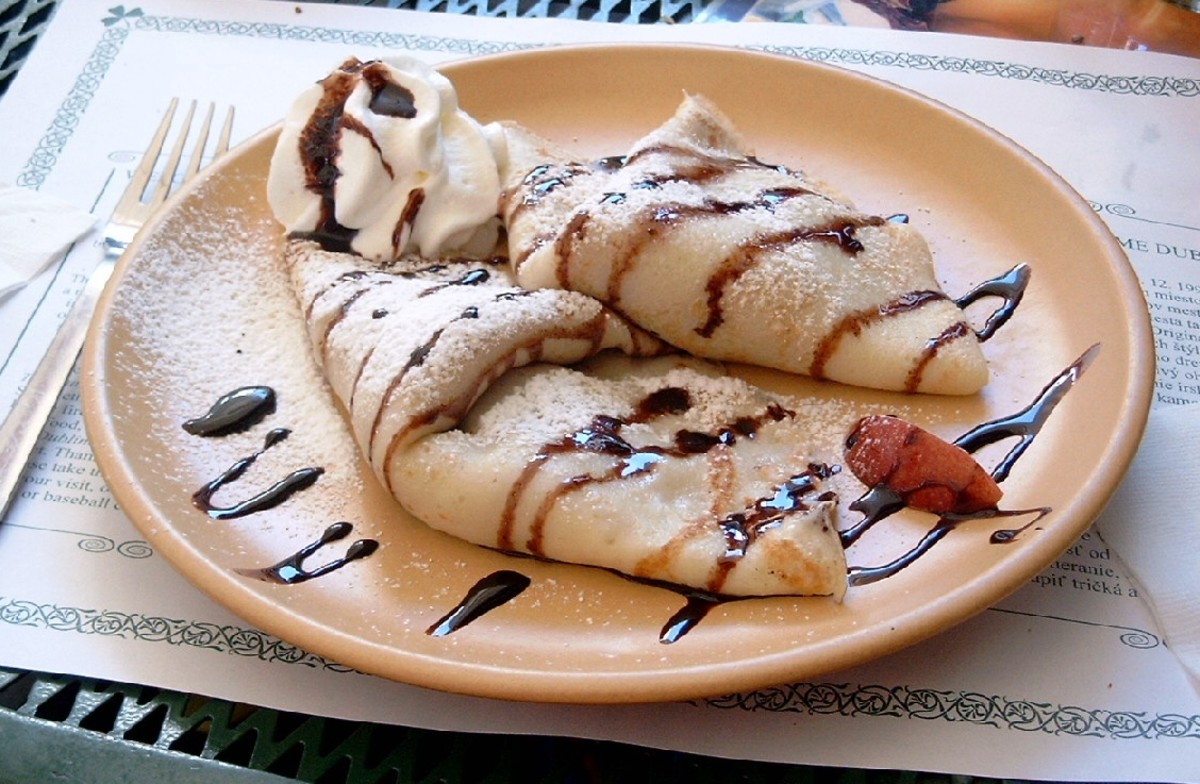
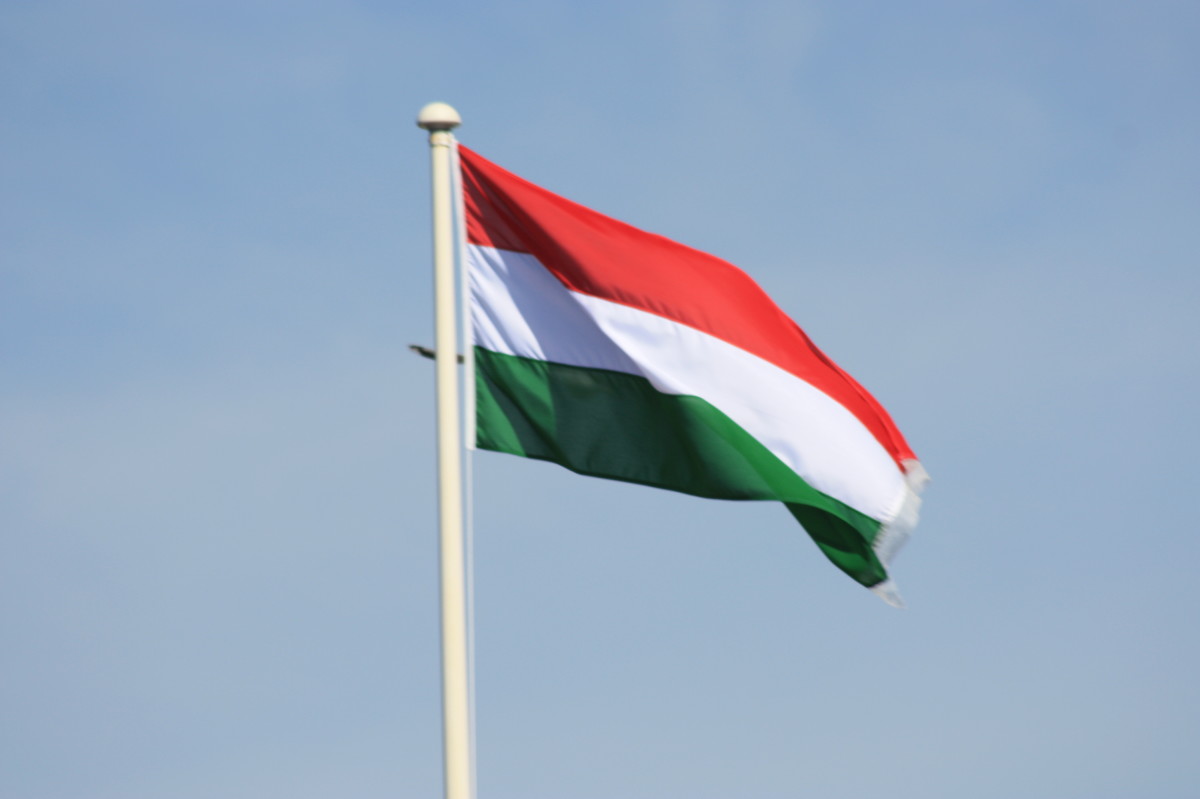
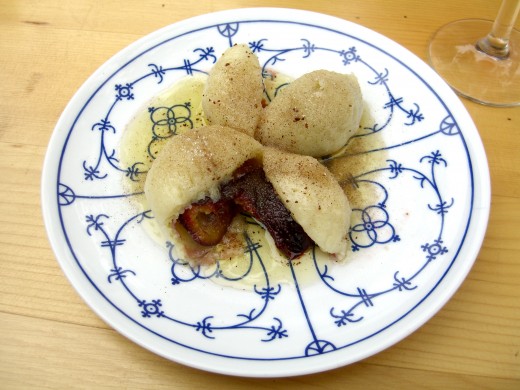
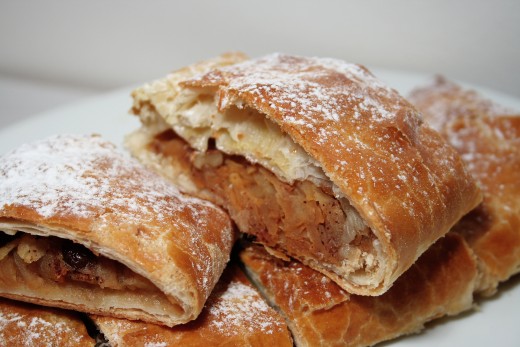
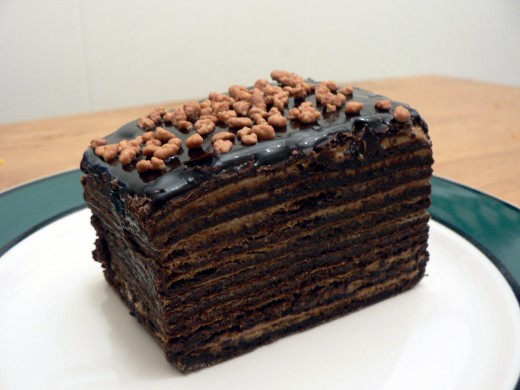
Hungarian Desserts
=====================
Palacsinták, Meleg Tészták, Rétesek and Torták – The Four Capstones of Hungarian Cooking
=====================
Webster’s Dictionary defines a capstone as "a high point or crowning achievement". Influenced by France (crepes), Austria (torte) and the Turks (phyllo pastry/strudel), the desserts of Hungary are indeed its crowning achievement. It should be noted, however, that the warm noodle dishes (Meleg Teszták) are uniquely Hungarian and usually show up at the end of the meal but could also be served during the meal.
----------------------------------
I have therefore selected Crepes, Hot Noodle Dishes, Strudel and Cakes/Torte as the "four capstones" of Hungarian cooking and each of them are discussed below.
=====================
1. Palacsinták (Crêpes)
The name for one crêpe is a palacsinta and for more than one crépe it is palacsinták. If you haven’t figured it out yet, the plural of a Hungarian noun is formed by adding a harmonizing vowel and a k to the end of the word.
-------------------------------
Known as palatschinken in Austria.and palacinky in Csechoslovakia, their precise origin is unknown, but the pancake itself is very similar to a French crêpe. However, that is where the similarity ends. In Hungary, palacsinták can de served as either a dessert (topped with chocolate-rum sauce, walnuts, raisins, etc.) or as an appetizer or light lunch (stuffed with meat and sour cream). The meat filled versions will be covered in a future hub on Hungarian appetizers.
--------------------------------
Perhaps the best known of the Hungarian dessert palacsinták is Palacsinta Gundel módra (crêpes a la Károly Gundel). These crepes are filled with a walnut, raisin and rum mixture and covered with a chocolate-rum sauce. Today they are frequently flambed but that was not always the case.
=====================
2. Meleg Tészták (Hot Noodle Desserts)
This term does not translate well into English, It includes noodle/dumpling dishes, which are usually sweet but are always served hot. They are normally served at the end of a meal, but Károly Gundel insisted that they should be served just before the roast course in his restaurant. Examples of these dishes are:
Silvás Gombóc - (plum filled dumplings that are rolled in buttered, toasted breadcrumbs or ground walnuts)
Rakott Metélt - ( noodles layered with walnuts and apricot jam and then baked in an oven)
====================
3. Rétesek (Strudels)
In the sixteenth century, the Turks invaded Hungary and brought their phyllo pastry with them. The Hungarians then improved upon it and made it even thinner so that an 11 x14 inch sheet of it can literally be blown away by a puff of air. Making strudel in Hungary is a village specialty and even luxury restaurants often hire country girls to make their strudel. If you choose to make your own strudel, I would suggest that you start with Greek Phyllo pastry, which is available in many super markets.
The most common strudels in Hungary are filled with apples, cottage cheese, poppyseeds, ground walnuts or a mixture of ground almonds and raspberry jam.
====================
4. Torták (Tortes)
After the Turkish Army was defeated in1686, the Hapsburgs took over and gradually Germanized all walks of life in Hungary. Restaurants and pastry shops soon opened up. Then, after Emperor Franz Joseph I established the Austro-Hungarian dual monarchy in 1867, luxurious hotels began to appear in Budapest. Soon János Gundel, the father of Károly Gundel opened his famous restaurant and Gerbeauds patisserie was the Taj Mahal of pastry shops.
It was during this era that the famous Hungarian Torták were born. The following is just a partial listing of the more famous ones:
--------------------------------
1. Dobos Torte – six layers of cake, separated by chocolate-espresso filling.
2. Beatrix Torte - two layers of a baked, beaten egg white - granulated sugar and almond mixture, covered with a rum-chocolate frosting and sprinkled with crushed almond caramel.
3. Stefania Torte - three layers of a 7-egg cake cake, separated by chocolate-cream filling and sprinkled with a cocoa-powder / sugar mixture.
4. Chocolate Poppyseed Torte â la Kugler – Created by the famed Hungarian pastry chef, Henrik Kuglar, the addition of poppyseeds to the batter was innovative. The two layers are then filled with currant jam and covered with a rich chocolate glaze.
5. Rigó Janci – named after the famed Gypsy violinist, Rigo Janci, who seduced the wife of a Belgium prince. It consists of two layers of sponge cake, separated by a thick layer of chocolate cream and a thin layer of apricot jam and covered with a chocolate glaze.
=====================
In future hubs, I intend to present more detailed recipes for many of the desserts listed in this article as well as for a few that aren’t listed here.
==========================================
Dobos Torte
Gundel
- Gundel - Wikipedia, the free encyclopedia
Gundal Restaurant in Budapest
Cafe Gerbeaud
- Caf Gerbeaud - Wikipedia, the free encyclopedia
Cafe Gerbeaud in Budapest
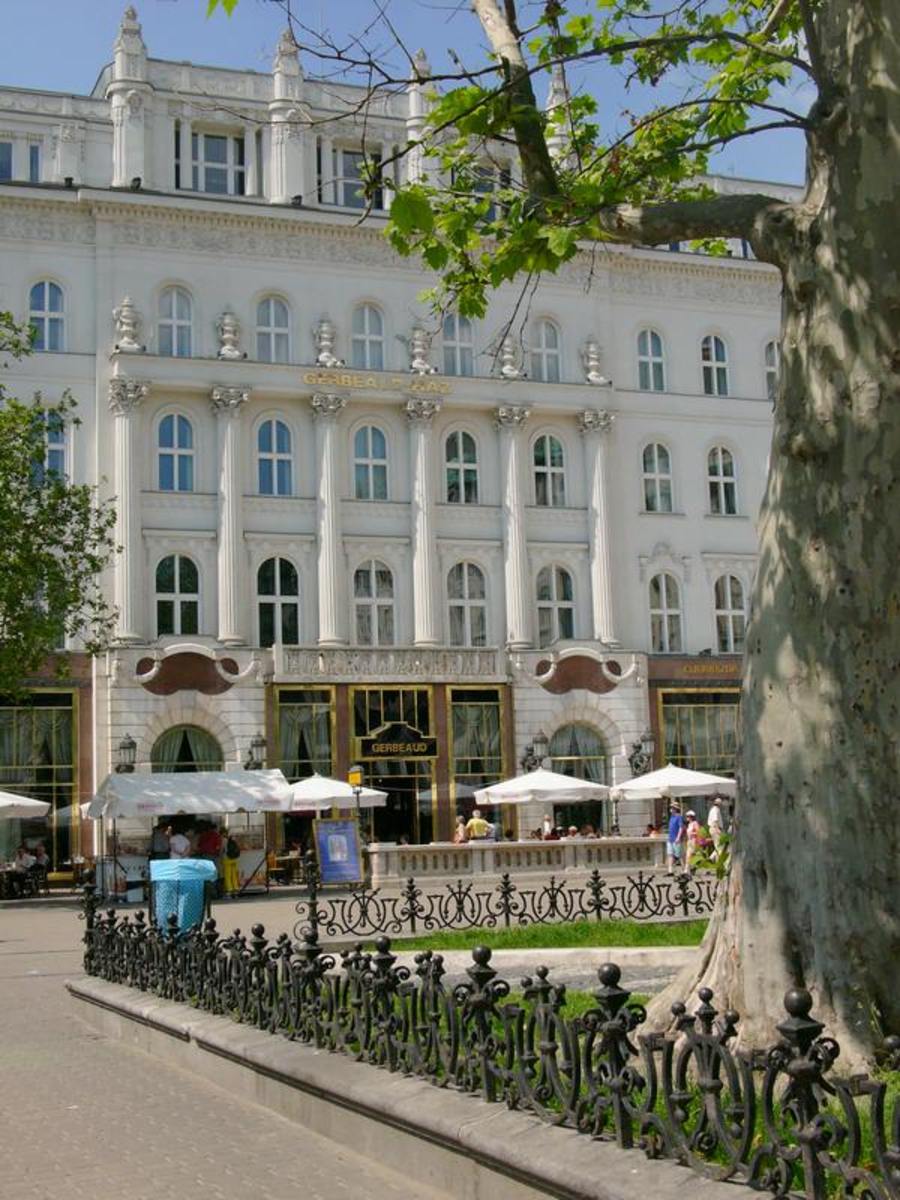
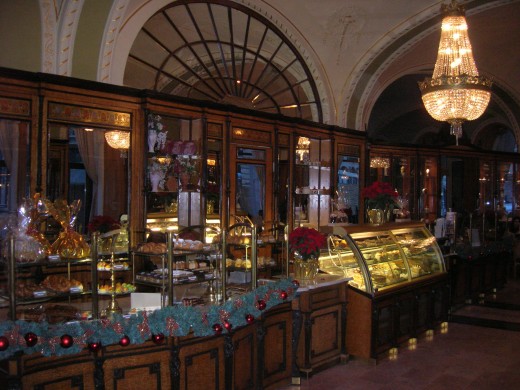
More Hungarian Recipes by rjsadowski
- Hungarian Desserts - Strudels (Retesek)
The Turks brought phyllo pastry to Hungary in the sixteenth century. The Hungarians improved upon it by making the dough paper thin. Hungarian strudels are made with apples, cherries, cheese, poppyseeds and various nuts among other things. Making Hun - Hungarian Desserts - Dobos Torte
Jozsef Dobos created his famous Dobos torte in Budapest, Hungary in 1887. It pioneered the use of chocolate butter cream frosting and its caramel glaze allowed it to be shipped to other countries. This simplified recipe uses six layers of cake separa - Hungarian Desserts - Chocolate Covered Cream Puffs (...
The French may have invented choux pastry (perfiteroles), but it was a Hungarian who filled them with whipped cream and covered them with chocolate. This hub provides both their interesting history and a recipe to make this fascinating dessert which - Hungarian Desserts - Chocolate Mousse Filled Cake (R...
This cake was named after the famous Hungarian Gypsy violinest. Rigo Jancsi, who seduced the wife of a Belgium prince. It consists of two layers of chocolate sponge cake, separated by a thick layer of chocolate mousse and a thin layer of apricot jam, - Hungarian Desserts - Crêpes (Palacsinták)
France, Austria, Czechoslovakia and Hungary all claim to have invented crepes. Regardless of who did, Hungary makes some of the best and uses them in both sweet and savory recipes. This hub explains how to make them and includes two dessert versions. - Hungarian Desserts - Chocolate Poppyseed Cake a la K...
Swiss born Hemrik Kugler opened one of the first coffee houses in Budapest in 1858. He soon became famous for his elaborate cakes with fancy fillings. This chocolate cake incorporates poppy seeds and is filled with currant jam. Kuglar's simple coffee - Hungarian Desserts - Layered Crepes (Rakott Palascin...
In hungary, crepes (palacsintak) are layered to make cake-like desserts or rolled and arranged in baking dishes and covered with sauce. Two such recipes are included in this hub. One is for layered pancakes with apple meringue and the other is for ro - Hungarian Food - Meat Filled Crepes (Hortobagy Palas...
Hungarian crepes, known as palacsintak can be either sweet or savory. Dessert palacsintak recipes were given in a prior hub. Two examples of savory crepes are given here. Hortobagy palascintak are filled with onions, chicken or veal and paprika and t - Hungarian Food - Levesek, Rostélyos, Töltött Zöl...
If goulash, paprikash, porkolt and tokany are the four pillars of Hungarian cooking, then soups, grilled meat, stuffed vegetables and cabbage as a main meal are the crossbeams that span the pillars. Each category is described and typical dishes are l
George Lang’s Cuisine of Hungary
If you only plan to buy one cookbook this year and if you enjoyed my recipes on Hungarian food,I highly recommend this cookbook. Owner of Café des Artistes in New York and the magnificent Gundel restaurant in Budapest, George Lang not only provides authentic recipes from the various regions of Hungary, he also provides historical information and anecdotes on their origin.
This is one of my very favorite cookbooks of all time.
========================================




